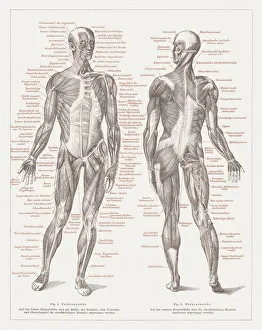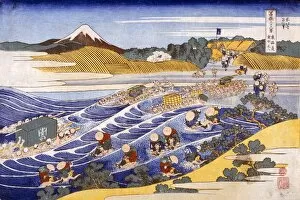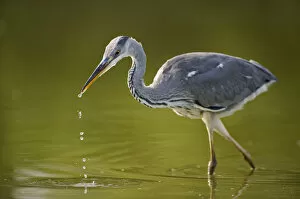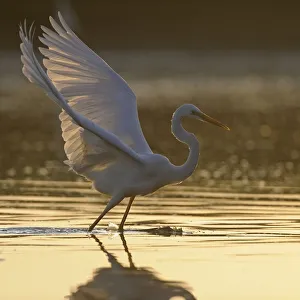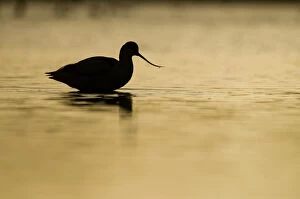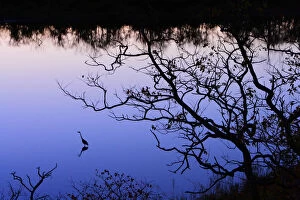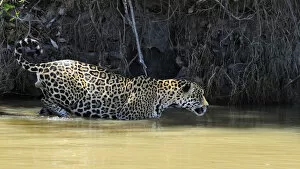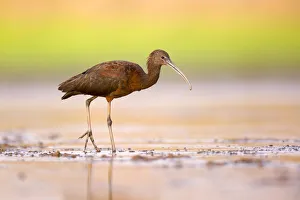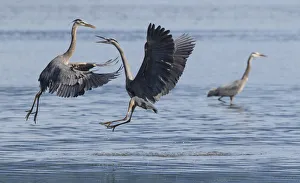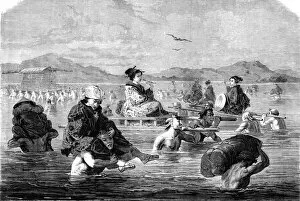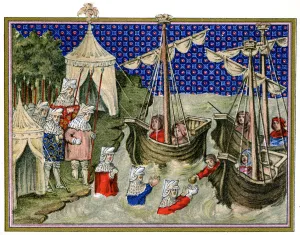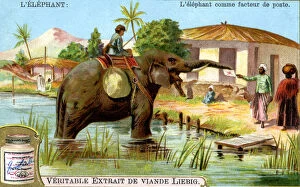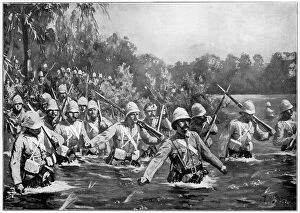Wading Collection (page 12)
"Wading through History: From D-Day to Caesar's Rubicon" In the quaint coastal town of Sidmouth, located in south Devon, England, UK
All Professionally Made to Order for Quick Shipping
"Wading through History: From D-Day to Caesar's Rubicon" In the quaint coastal town of Sidmouth, located in south Devon, England, UK, echoes of history can be heard as we delve into the concept of wading. Just off its shores lies Juno Beach, where brave British and Canadian troops landed during the momentous D-Day on 6th June 1944. Imagining their footsteps sinking into the water brings a sense of awe and reverence. But wading is not limited to human endeavors; nature too showcases this art. Picture two elegant Curlew sandpipers gracefully pecking at their surroundings while wading through tranquil waters - a captivating side view that reminds us of the delicate balance between survival and beauty. From World War II back to ancient times, it has played significant roles throughout history. As we think about crossing rivers, our minds wander to Caesar crossing the Rubicon or envision Old Trent Bridge in Nottingham witnessing countless crossings over time. Waters hold stories beyond borders; Appledore in Devon reveals lifeboats manned by courageous crewmen ready to face any stormy challenge. Meanwhile, Texel in Holland presents an avian spectacle with three adult Avocet birds guiding their precious chick through shallow waters - a heartwarming sight symbolizing parental protection. Not forgetting distant lands across continents, imagine standing on The Beach and Pier at Cromer in Norfolk, England - waves crashing against your feet as you witness nature's wonders unfold before your eyes. Venturing further south brings us to Mana Pools National Park along Zimbabwe's Zambezi River. Here stands a magnificent African Elephant bull leisurely feeding along the riverbank - its colossal presence reminding us that even giants find solace near water's edge. Lastly, let us remember that it was not only British and Canadian troops who braved those fateful waters on D-Day but also Americans who made landfall alongside them.

